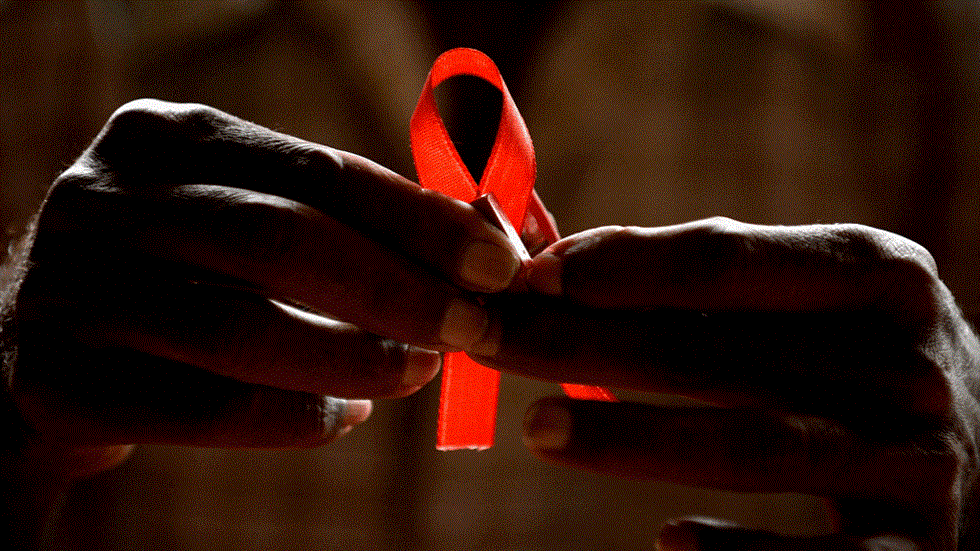The HIV/AIDS epidemiological data showed that 90% (900,000 people) of the total were diagnosed with HIV and 81% (731,000) of those who have been tested are nowadays under antiretroviral treatment. Similarly, 95% (695,000 people) of those receiving antiretroviral treatment have an undetectable virus load.
Given these results, Brazil reached one of the three global goals defined by the Joint United Nations Program on HIV/AIDS (UNAIDS) for the syndrome stop from being a threat to public health by 2030.
UNAIDS set the goals popularly known as 95-95-95, in which the three rates should account for 95%.
Also, out of this total (one million people) only 86% of women were diagnosed vs 92% of men.
Plus, 79% of women receive antiretroviral treatment vs 82% of men.
“In general terms, women showed worse results, from detection to viral load suppression,” assessed the HIV/AIDS, Tuberculosis, Viral Hepatitis and Sexually-Transmitted Infections Department Director Draurio Barreira.
Among homosexuals and other men who have sex with men over 18 years of age, HIV prevalence is 18.4%, while the average for the Brazilian population is 0.49%.
Likewise, among people using drugs, the rate was 6.9%. Among sex workers over 18 years of age, it was 5.3%.
By the end of 2022, Brazil reported 43,403 new HIV cases. Of these, 73.6% were men and 26.3% were women.
Regarding women, 63.3% were young aging 20 to 39 years. In addition, 31% of the total number of new cases have completed primary school, 62.8% were Black and mulatto, and 54.3% were men who have sex with men.
Through September 2023, as many as 770,000 people with HIV were under antiretroviral treatment, 5% more than that reported in 2022.
pll/npg/ocs









